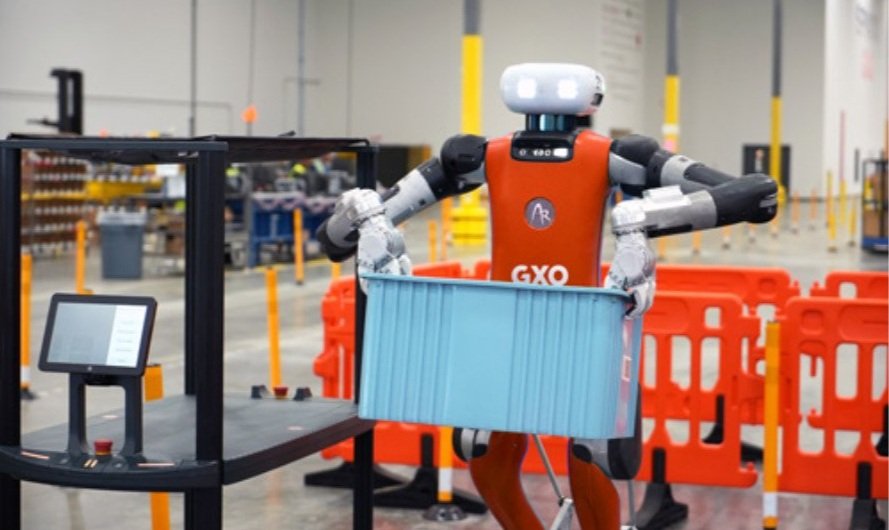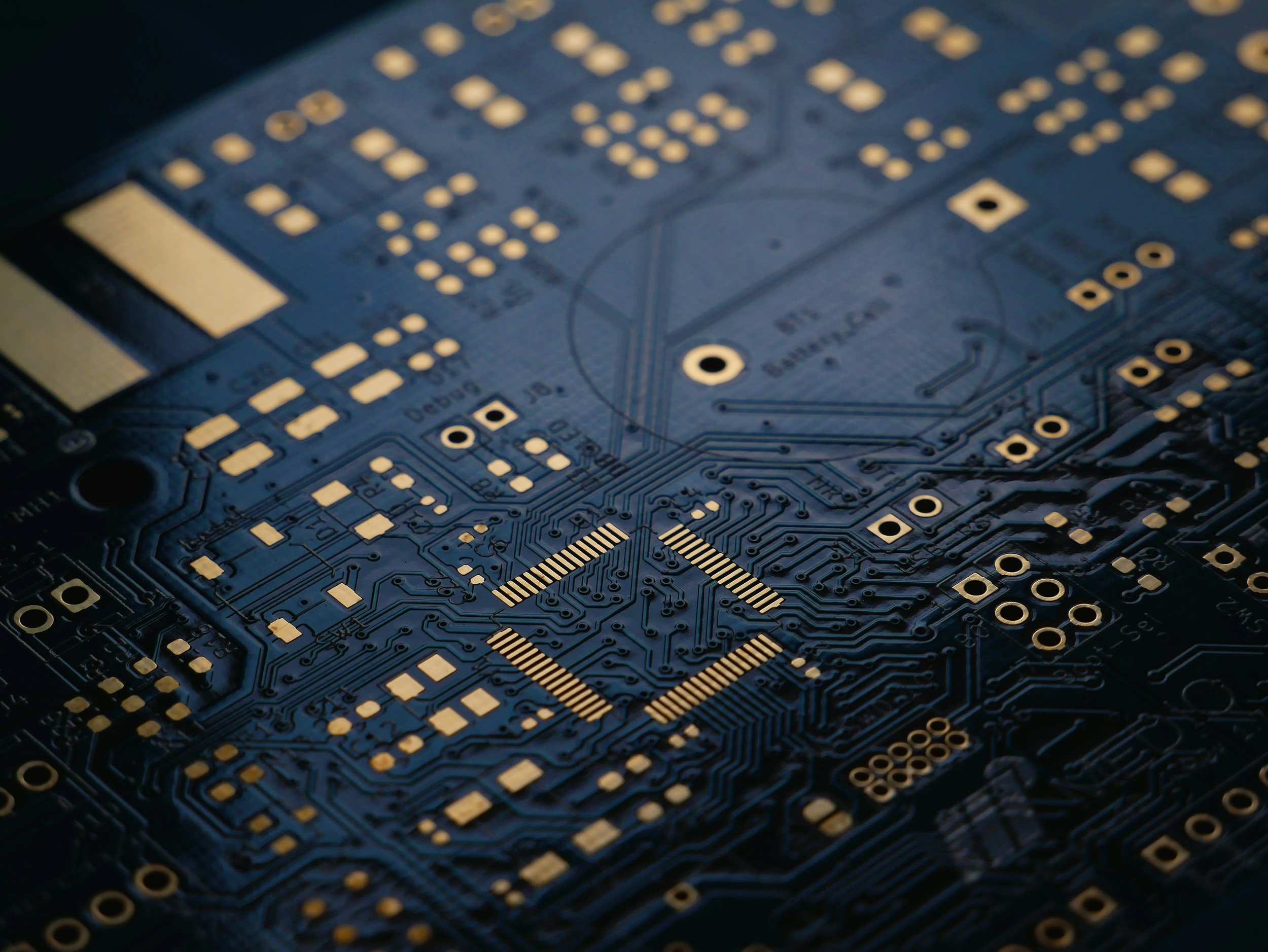Tesla Unveils Cybercab & Robovan: Musk's Bold Bet on Autonomous Robotaxis by 2026
Image Source: Tesla
At a highly anticipated event near Los Angeles, Tesla CEO Elon Musk introduced a new chapter in autonomous transportation: a robotaxi with gull-wing doors, devoid of steering wheels and pedals. This vehicle, named the "Cybercab", is set to hit production in 2026, aiming for a price point below US$30,000. Musk also surprised the audience by unveiling a "Robovan", capable of carrying up to 20 passengers, though details about its specifications and features remain scarce.
Challenges of Scaling Autonomous Vehicles
Tesla faces significant hurdles in ramping up production, managing regulatory complexities, and navigating intense competition from established players like Waymo and Cruise. Establishing a robust robotaxi network will require years of development, especially with the focus on safety, reliability, and handling complex road conditions, such as inclement weather and pedestrian behaviour.
Cybercab: Low Cost, High Ambition
Musk described the Cybercab as a cost-effective solution for personal and shared mobility. It aims to reduce operational costs to just 20 cents per mile using inductive charging technology, removing the need for charging cables. The Robovan, designed for group transport, could cost as little as 5 cents per mile. Tesla’s approach relies solely on AI and cameras for navigation, diverging from rivals that use additional hardware like lidar, posing both technical and regulatory challenges.
Beyond Cars: Tesla’s Expanding Robotics Vision
While much of the event centered on autonomous vehicles, Musk also touched on advancements with Tesla’s humanoid robot, "Optimus", which is expected to handle various daily tasks. The robot is projected to be priced between US$20,000 to US$30,000, reflecting Tesla's broader ambition of integrating AI-driven robotics into everyday life.
Realizing the Autonomous Dream: A Long Road Ahead
Tesla’s ambitious plan for fully autonomous cars has yet to materialize as initially predicted. While Musk was confident about achieving this milestone by 2020, the timeline has now shifted toward focusing on robotaxis and Cybercabs. Tesla plans to begin unsupervised full self-driving (FSD) in Texas and California by 2025, starting with Model 3 and Model Y vehicles. However, safety concerns and legal scrutiny remain major obstacles, compounded by the need to enhance existing AI technology.
Market Impact and Analyst Reactions
Despite Musk’s optimistic outlook, the unveiling fell short of expectations for some investors. Analysts expressed concerns about the lack of clear timelines and strategies for large-scale production and deployment. The market remains skeptical about Tesla’s ability to outpace competitors, especially as the EV industry faces challenges such as declining demand, price cuts, and narrowing profit margins.
The Future of Tesla's AI-Driven Mobility
The event, titled “We, Robot”, was symbolic of Tesla’s vision of becoming an AI-focused robotics company. The presentation’s main message was clear: AI-powered autonomous vehicles will redefine personal mobility by saving time and increasing safety. Yet, significant questions remain about the practicality of this vision, regulatory challenges, and Tesla's capability to execute its bold plans in a competitive and evolving market.
Source: Reuters













